Pathological hair loss (alopecia) is the proper term for hair loss when more than 100 hairs fall out per day over a prolonged period of time. The most common form is hereditary hair loss in men. But what other forms of hair loss are there? And which remedies work best against hair loss?
Contents
Hair loss: Which treatment helps?
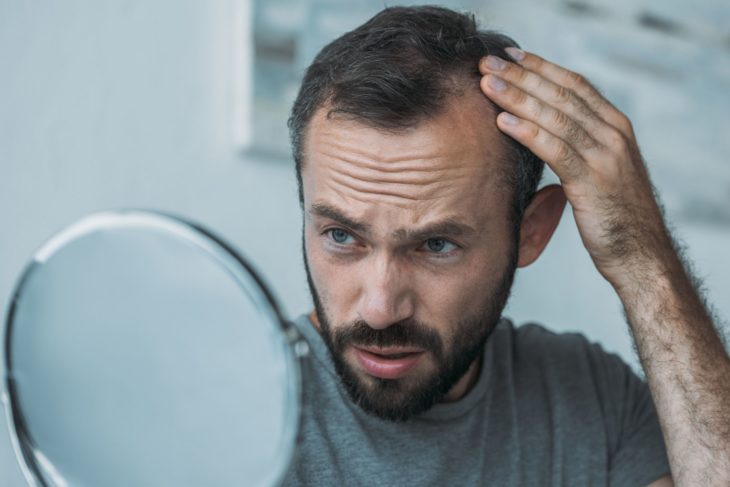
Source: verywellhealth
“What helps against hair loss?” This is a crucial question for most people affected. The answer depends on the type and cause of excessive hair loss. For example, hormonal-hereditary alopecia is treated differently from circular hair loss or hair loss due to malnutrition. Overall, it is difficult to estimate the success of a medical or other hair loss treatment – for some people the treatment works, for others it does not. Lots more info on here Assured Pharmacy.
1. Finasteride
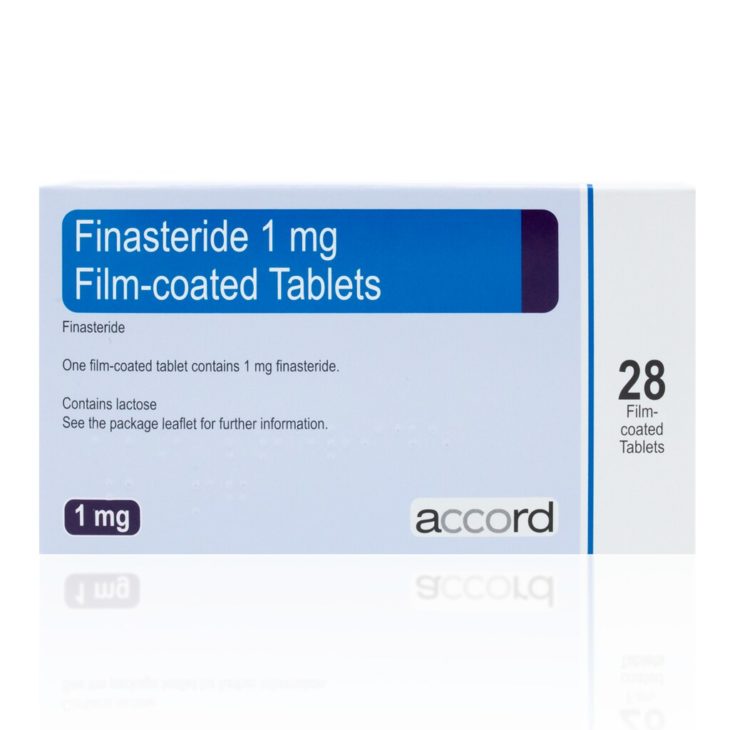
Source: flickr
Finasteride was originally only prescribed for benign prostate enlargement (benign prostatic hyperplasia). When physicians discovered that finasteride improved hair growth in some patients, companies developed their own products for hereditary hair loss (alopecia androgenetica).
Finasteride is a so-called 5α reductase inhibitor, which means that it blocks the enzyme 5α reductase, which normally converts the male sex hormone testosterone into its active form dihydrotestosterone (DHT). In men with hereditary hair loss, the hair roots react hypersensitively to DHT. Therefore, Finasteride can stop the progression of hair loss in those affected. Sometimes the hair on the head also thickens again. However, the effect usually only becomes apparent after three to six months. When the medication is stopped, the hair falls out again.
The active ingredient is available only on prescription and is taken in the form of tablets (1 mg). Higher-dose tablets (5 mg) are only approved for the treatment of benign prostate enlargement.
Side effects
Finasteride may interfere with sexual desire (libido) and sexual response. Some men also report sensitivity to touch and/or tightness of the breast.
This hair loss remedy is not suitable for women, as damage to the fetus cannot be ruled out in pregnant women and women of childbearing age.
2. Minoxidil
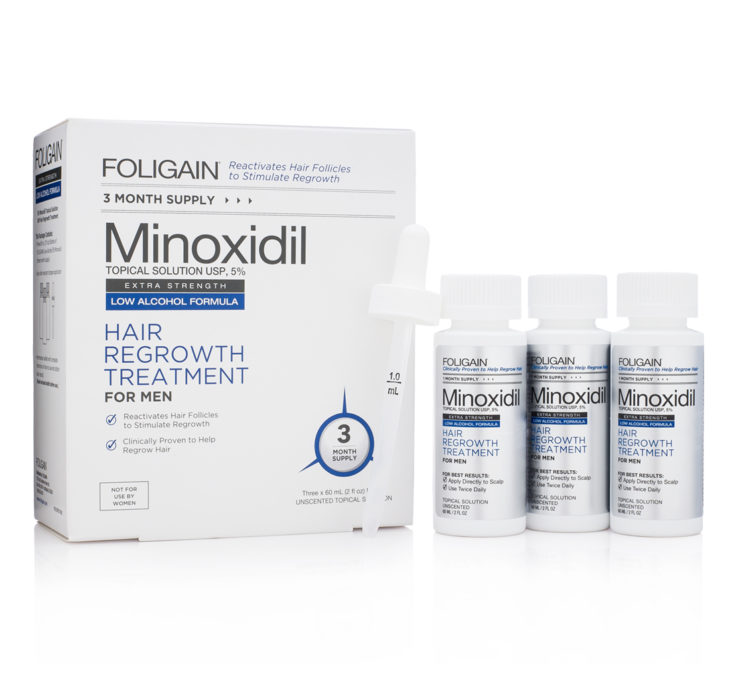
Source: biovea
Minoxidil, like finasteride, was originally intended to treat a completely different condition – high blood pressure. Again, increased hair growth was observed as a side effect. In response, researchers developed a hair loss medication, containing minoxidil, which is approved for external use for hereditary hair loss. Minoxidil is currently considered the most effective treatment for female patients.
Occasionally, attempts are also made to alleviate circular hair loss (alopecia areata) with Minoxidil, but no significant success is achieved here.
The exact mechanism of action of Minoxidil is unknown but could be, among other things, increased blood circulation of the scalp. The hair tincture containing the active ingredient is available without a prescription – for men, there is a 5-percent solution, for women a 2-percent solution. In tablet form, the active ingredient is only used to lower blood pressure.
Side effects
The hair tincture can cause local skin reactions such as itching, redness, and inflammation of the skin. Sometimes the hair growth on the face increases. Changes in blood pressure rarely occur. Nevertheless, people with cardiovascular disease should be aware of side effects such as accelerated heartbeat (tachycardia), water retention in the tissues (edema) and weight gain: If the scalp barrier is not intact (e.g. small cracks), the active ingredient may enter the bloodstream and possibly cause such undesirable effects.
3. Antiandrogens
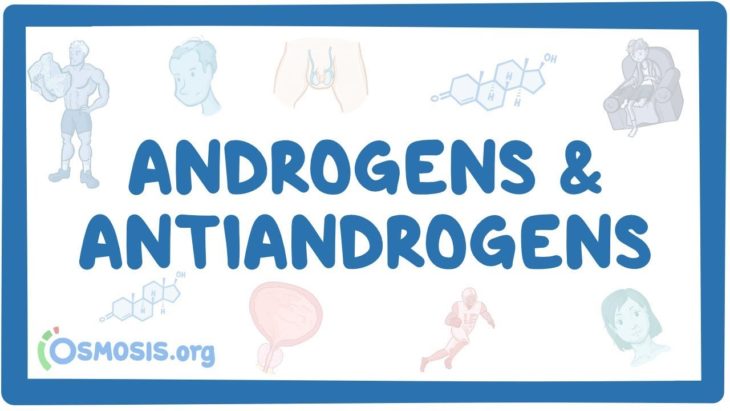
Source: osmosis
Antiandrogens (such as cyproterone acetate or dienogest) are substances that suppress the effect of testosterone or the more potent dihydrotestosterone (DHT) by occupying their docking sites (receptors). Some antiandrogens such as chloromadinone acetate also inhibit the enzyme 5α reductase (such as finasteride), so that less DHT is produced in the cells. Because of these mechanisms of action, antiandrogens are said to help against hereditary hair loss in women.
After menopause, antiandrogens can be prescribed alone. In pre-menopausal women, they must be taken in combination with estrogens as a contraceptive. This is because pregnancy must be avoided at all costs during treatment: In a male fetus, antiandrogens would disturb genital development and lead to “feminization”.
The estrogen in the contraceptive can also enhance the effect against hair loss: it increases the amount of so-called sex hormone-binding globulin (SHBG). As a result, more testosterone is bound in the blood. However, only free testosterone can enter the hair follicle cells.
Side effects
Antiandrogens can reduce sexual desire.
Women smokers are generally advised against taking sex hormone preparations because they have an increased risk of blood clots (thromboses, embolisms). This risk is further increased by the hormones.
Men with hereditary alopecia must not take antiandrogens because they would become “feminine” (for example, growth of the male breast = gynecomastia).
Dithranol (crinoline, anthralin)
The active ingredient dithranol is mainly used in the treatment of psoriasis. However, the skin-irritating substance is sometimes also applied to bald areas in cases of circular hair loss: the skin irritation is intended to stimulate new hair growth.
Side effects: Possible side effects are redness of the skin, brown discoloration of the skin, hair discoloration (in blonde and gray hair) and allergic reactions of the skin to contact with dithranol (contact dermatitis).
4. Glucocorticoids (“cortisone”)
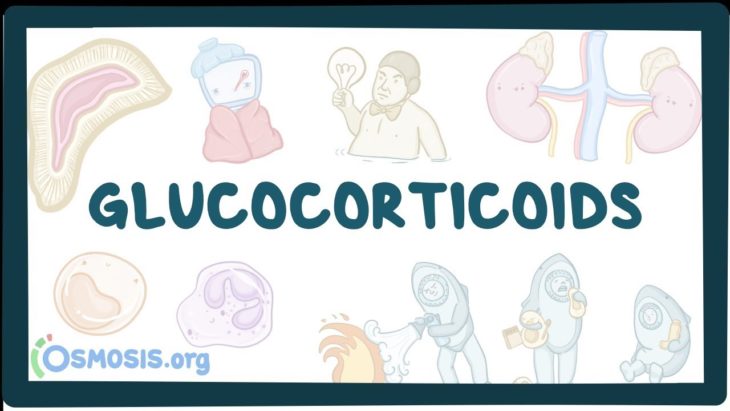
Source: osmosis
Circular hair loss is usually treated externally with cortisone creams or solutions. These are intended to alleviate the inflammatory immune reaction in the affected areas. In some patients, this can actually stop the hair loss and allow new hair to sprout, while in others it does not. If the treatment is successful, it is generally only for as long as it lasts: when the cortisone therapy is terminated, the hair often falls out again.
In certain cases, the doctor can also administer cortisone injections into the bald areas. Severe hair loss can also be treated with cortisone in tablet form. However, the risk of side effects is particularly high.
Side effects
External use of cortisone can cause allergic reactions, for example. Especially when used internally, there is a long-term risk of systemic side effects (affecting the whole body). These include, for example, a weakening of the immune system (with wound healing disorders, increased susceptibility to infections, etc.), weight gain, water retention in the tissue (edema), menstrual disorders and Cushing’s syndrome.
5. Topical Immunotherapy
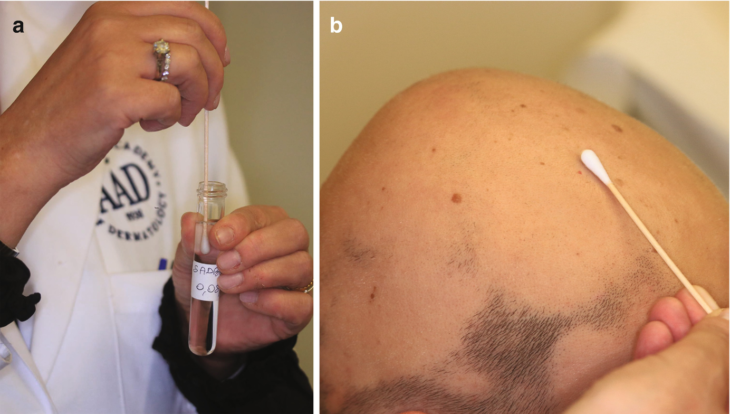
Source: springer
If circular hair loss has led to larger bald spots, topical immunotherapy may help. In this case, the application of the active ingredient diphencyprone (diphenylcyclopropenone, DCP) specifically triggers allergic contact dermatitis and maintains it through repeated treatment. This should “distract” the immune cells from attacking the hair roots. Experts suspect an autoimmune reaction in circular hair loss – i.e. an attack by immune cells on the hair roots due to a malfunction of the immune system.
Side effects
The complex therapy can, among other things, trigger the formation of excessive eczema on the treated skin areas. It should therefore only be carried out by specially trained doctors.
If the treatment is effective and the hair grows back, a relapse may still occur later.
6. PUVA
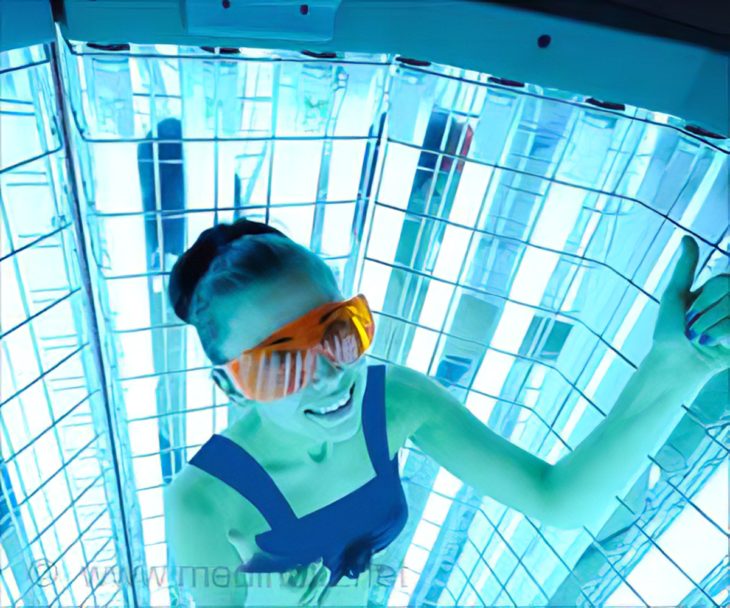
Source: medindia
The treatment of circular hair loss with PUVA involves the application of a phototoxic substance (psoralen), followed by irradiation of the bald areas with UV-A light. This should stop the attack of the immune cells on the hair roots. Psoralen is generally applied externally (for example as a cream). The treatment method is considered to be as successful as topical immunotherapy. However, the risk of relapse is higher.
Side effects
Psoralen is generally applied externally as a cream (topical PUVA). Especially in case of too high concentrations, undesired reactions like sunburn may occur on the treated skin area after the UV-A irradiation.
Psoralen could also be applied internally (as tablets) before irradiating the skin. However, this systemic PUVA is not more promising than a topical one. It also carries a higher risk of side effects such as a higher risk of skin cancer.
Further treatment options for hair loss
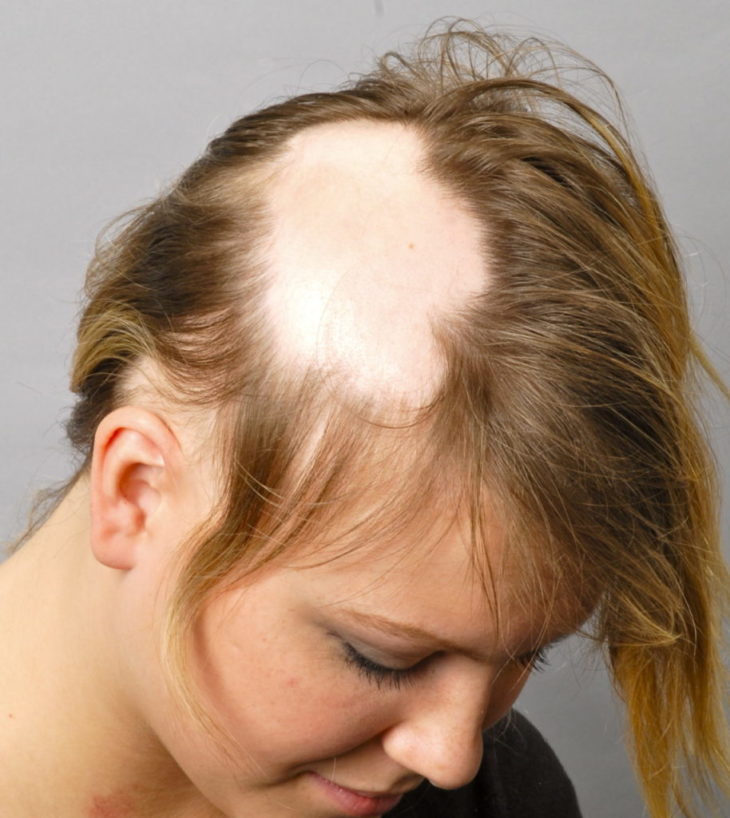
Source: piotrturkowski
Besides hereditary and circular hair loss, there are other forms of hair loss. If someone loses hair more or less evenly over the entire head, doctors speak of diffuse hair loss. It can have a wide variety of reasons: Often it is caused by certain drugs, for example, by drugs against high blood lipid levels (lipid reducers), cancer drugs (cytostatics) or drugs against hyperthyroidism (thyrostatics). After the end of the therapy, hair loss usually subsides. Depending on the medication, it may also be possible to reduce the dose or switch to an alternative preparation that does less damage to the hair.
Sometimes, diffuse hair loss is caused by infections or other diseases (such as thyroid disease), which must be treated. If protein or iron deficiency is behind the excessive hair loss, the deficit must be compensated for through diet or substitutes.
Even in the case of scarring hair loss (scarred alopecia), treatment of the underlying disease (lupus erythematosus, nodular lichen, etc.) is the best strategy against hair loss.
A mechanically caused hair loss can be stopped by avoiding excessive pulling on the hair roots. This means, for example, avoiding a tightly tied ponytail and wearing the hair open more often.
If you suffer from hair loss, please talk to your GP before trying out medical treatment options yourself.
Source: haarausfall-hilfe.de
